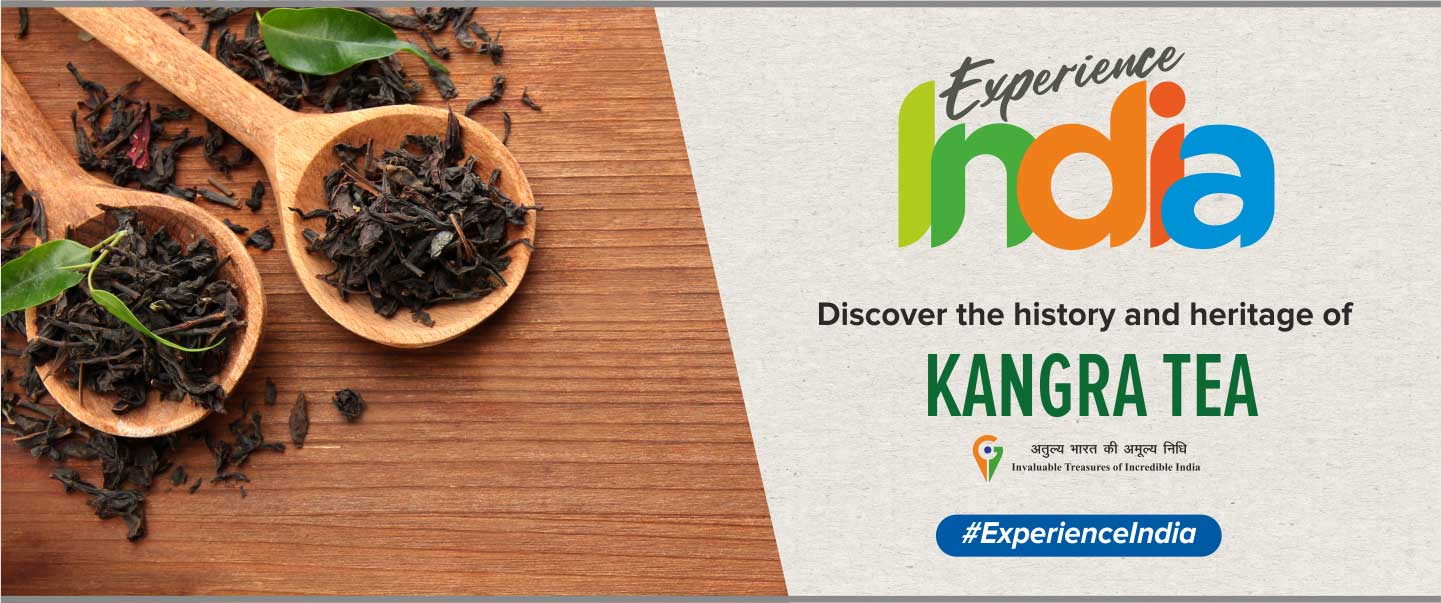Kangra Tea
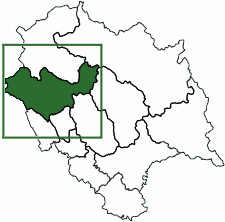
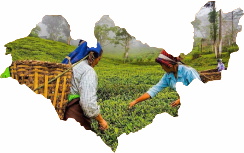
HISTORY
The history of Kangra tea dates back to 1849 when Dr. Jameson, then superintendent of the Botanical Tea Gardens, pronounced the region ideal for tea cultivation. Being one of India’s smallest tea regions makes Kangra green and black tea all the more exclusive. While the black tea has a sweet lingering aftertaste, the green tea has a delicate woody aroma. The demand for Kangra tea has been increasing steadily and much of it is bought by natives and exported to Kabul and Central Asia via Peshawar.
Kangra is rightly known as the Tea Capital of Northern India and is famous all across the country for its vast spread of lush tea gardens, which are the chief attraction of the town. The tea gardens of Palampur are the perfect place to witness the vast tea gardens and the tea-making process in great detail.
Elevation
Teas are grown at elevations ranging from 900 to 1400 meters above sea level.
Annual Rainfall
270 to 350cm
Tea Attributes
The first flush of Kangra tea is known for its quality, unique aroma, and a tinge of fruity flavor. A little milder than Darjeeling tea in terms of flavor, Kangra tea has more body and liquor.
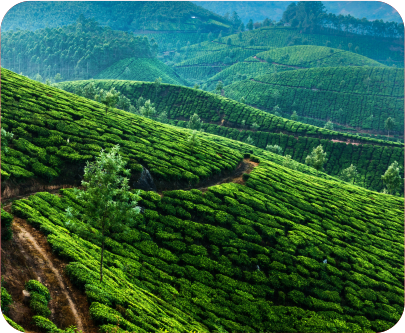
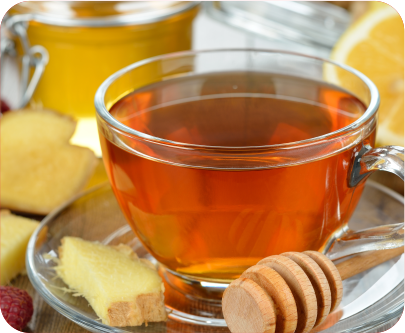
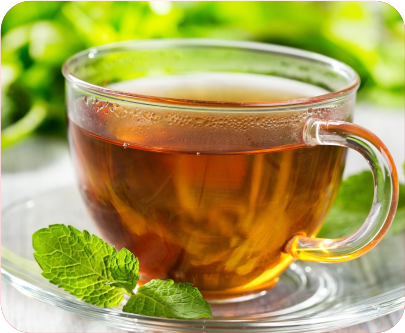
Tourist Attractions
Known as one of the most picturesque valleys of the lower Himalayas, the Kangra Valley is full of greenery. The region is famous for its arts and crafts. Crafts like the exquisitely designed shawls and miniature paintings of this region are internationally appreciated.
